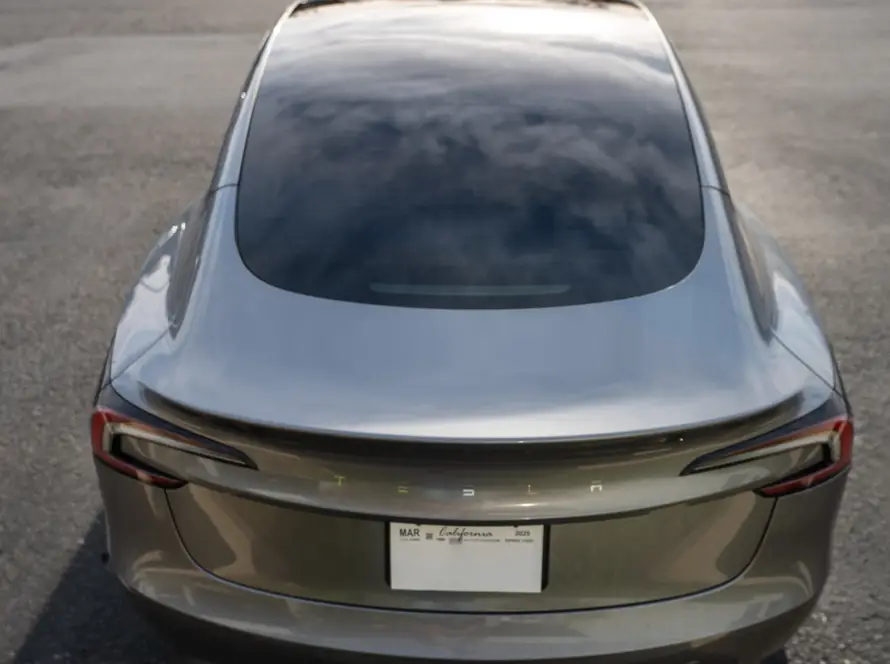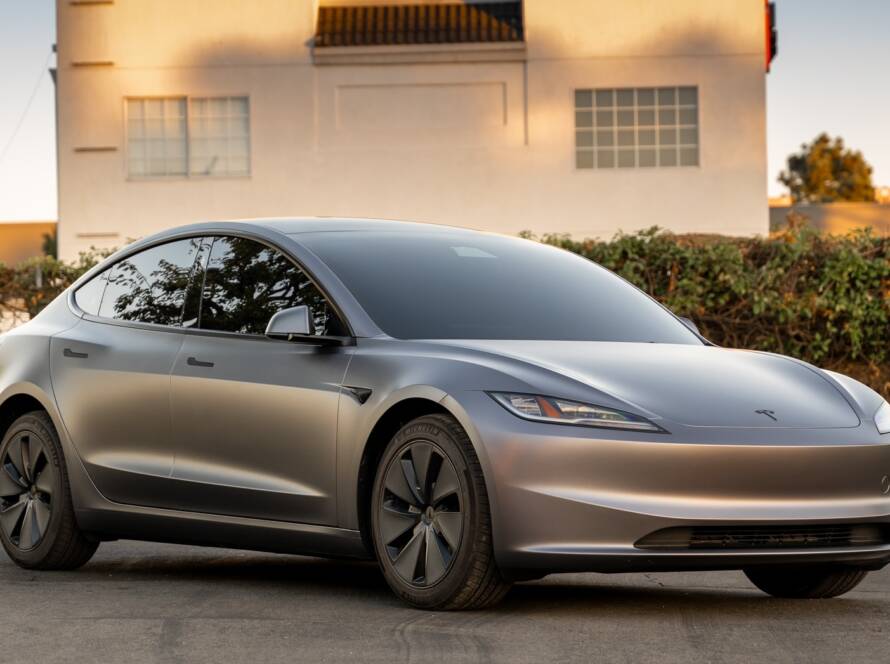Advertisers constantly seek innovative methods to capture consumer attention, boost brand awareness, and optimize return on investment. Commercial Vehicle wraps have emerged as a popular alternative to traditional advertising by transforming vehicles into mobile billboards. This article compares fleet wraps to traditional advertising by examining their definitions, advantages, cost factors, reach and targeting, design and installation practices, and industry-specific benefits.
Key Takeaways
- Fleet wraps enhance brand visibility by turning vehicles into moving billboards.
- They offer 24/7 exposure, high customizability, and vehicle protection.
- The cost structure and ROI measurement differ significantly from traditional advertising.
- Design, installation, and maintenance critically affect their effectiveness.
- Industries such as construction, delivery, and service sectors benefit greatly from fleet wraps.
What Are Commercial Vehicle Wraps and How Do They Compare to Traditional Advertising?
Fleet wraps are large vinyl graphics or printed films applied directly to a vehicle’s exterior, providing continuous mobile advertising. Unlike traditional advertising (print, radio, television), which relies on fixed schedules and passive consumer engagement, fleet wraps offer real-time exposure as the vehicle moves through different areas. Their inherent mobility and customizability make them a unique and interactive advertising medium that reaches diverse audiences continuously.
What Defines Fleet Wraps and Their Core Features?
Fleet wraps use durable, weather-resistant vinyl to convey a brand’s message. They can cover an entire commercial vehicle, a section, or just a spot graphic, and are customizable for any fleet vehicle—ranging from vans and trucks to box trucks and food trucks. In addition to advertising, these wraps also protect the vehicle’s paint, ensuring a high-quality look even in adverse weather conditions.

How Do Fleet Wraps and Traditional Advertising Differ in Approach?
Fleet wraps are dynamic and mobile, providing continuous exposure as the vehicle travels. In contrast, traditional ads are limited to specific times and locations. With personalized designs that reflect a company’s identity, commercial fleet wraps can reach local, regional, and national audiences, offering a versatile and high-impact advertising solution.
What Are the Key Advantages of Commercial Vehicle Wraps Over Traditional Advertising?
Fleet wraps offer continuous mobile exposure, cost efficiency, and vehicle protection. Their ability to provide constant brand visibility makes them ideal for companies with fleets on the move.

How Do Commercial Wraps Provide 24/7 Brand Visibility and Mobile Reach?
As the wrapped vehicle is always on the move, it exposes the brand to a diverse audience at all hours. This 24/7 exposure contrasts with the time-bound nature of traditional ads, ensuring sustained brand engagement.
Why Are Commercial VehicleWraps More Cost-Effective Than Traditional Ads?
With a one-time installation cost and minimal ongoing expenses, fleet wraps typically offer a lower cost-per-impression than recurring traditional ads. The vehicle continuously advertises the brand, reducing the need for repeated campaigns and providing excellent long-term ROI.
How Does Customization Enhance Fleet Wrap Advertising Impact?
Customization allows for vibrant colors, high-resolution imagery, and intricate graphics that match a brand’s identity. This flexibility not only captures attention but also reinforces the brand message, allowing for seasonal promotions or localized messaging.
In What Ways Do Commercial Wraps Protect Vehicles While Advertising?
High-quality vinyl wraps protect the vehicle’s exterior from sun damage, scratches, and road debris. This dual function of advertising and vehicle protection adds extra value, prolonging the vehicle’s life and resale value.
How Does the Reach and Targeting of Commercial Vehicle Wraps Compare to Traditional Advertising?
Fleet wraps allow advertisers to target specific audiences based on geographic location and travel routes. In contrast, traditional channels often use broad media placements with less precise targeting.
Can Fleet Wraps Target Specific Geographic and Demographic Audiences?
Yes, fleets can be strategically routed through areas critical to a brand’s market. This localized targeting ensures that high-traffic regions and specific demographics are effectively reached.
How Does Traditional Advertising’s Reach Differ by Medium?
Traditional advertising varies by medium; for instance, television reaches broad audiences during prime time, while print targets readers of specific publications. However, these methods lack the flexibility and continuous exposure that fleet wraps provide.
What Are the Frequency and Exposure Differences Between Both Methods?
Fleet wraps deliver constant, round-the-clock impressions compared to the intermittent nature of traditional ads, which are often bound to specific times and locations.
What Are the Cost Factors and ROI Differences Between Commercial Vehicle Wraps and Traditional Advertising?
Fleet wraps involve costs for design, printing, installation, and periodic maintenance—a one-time investment that pays off over thousands of miles. Traditional advertising, on the other hand, often involves recurring costs such as media buys and production fees, making budgeting less predictable.
What Are the Typical Costs Involved in Fleet Wrap Design, Printing, and Installation?
Costs can range from a few hundred to several thousand dollars per vehicle depending on design complexity. These expenses are recouped over time as the wrap continuously generates advertising impressions.
How Do Traditional Advertising Costs Compare Across Channels?
While traditional ads may involve tens of thousands of dollars per television spot or ongoing print and radio fees, fleet wraps represent a one-time investment with lower operational costs and enduring benefits.
How Is ROI Measured for Fleet Wraps Versus Traditional Advertising?
Fleet wrap ROI is tracked by vehicle mileage, impressions, and subsequent sales or brand awareness increases, whereas traditional ROI is measured by reach, frequency, and direct customer response. Studies suggest fleet wraps deliver a lower cost per impression and higher long-term engagement.
What Case Studies Demonstrate Fleet Wraps’ Cost-Effectiveness?
Case studies indicate significant benefits; for example, a regional delivery company experienced a notable increase in customer inquiries, while a food truck saw daily sales boost after installing a fleet wrap. These examples underscore the cost-effectiveness of continuous mobile advertising.
Table: Comparison of Advertising Cost Factors and ROI Metrics
| Factor | Commercial Wraps | Traditional Advertising |
| Initial Investment | One-time design, print, installation cost | Recurring media buys and production costs |
| Ongoing Costs | Minimal maintenance | Ongoing ad placement fees |
| Duration of Exposure | Continuous, 24/7 | Time-bound (e.g., during commercial breaks) |
| Cost Per Impression | Typically lower once established | Higher due to recurring expenses |
| ROI Measurement | Mileage, impressions, sales uplift | Reach, frequency, direct response |
ow Do Commercial Vehicle Wrap Design, Installation, and Maintenance Impact Advertising Effectiveness?
The success of a fleet wrap campaign depends on design quality, professional installation, and regular maintenance. These factors ensure the wrap remains visually appealing and effective over time.
What Is the Fleet Wrap Design Process and Branding Guidelines?
Design involves collaboration with graphic designers to create imagery that aligns with the brand’s identity. Adherence to branding guidelines, consideration of vehicle contours, and clear, bold visuals are essential.
How Is Fleet Wrap Installation Performed for Maximum Durability?
Trained technicians perform installations using precise methods to avoid bubbles and ensure proper adhesion. A thorough cleaning and careful application enhance the wrap’s durability against environmental factors.
What Maintenance Is Required to Keep Fleet Wraps Effective?
Regular cleaning with non-abrasive products and periodic inspections help maintain the wrap’s vibrancy and integrity. Avoiding high-pressure washing and extreme weather conditions is crucial.
How Do Material Choices Affect Fleet Wrap Longevity and Appearance?
Using high-quality, weather-resistant materials ensures the wrap lasts and remains visually appealing. Premium vinyl, laminates, inks, and adhesives contribute to longevity and consistent performance.
Which Industries Benefit Most From CommercialWraps Compared to Traditional Advertising?
Industries with significant vehicle movement, such as construction, delivery, and service sectors, benefit the most from fleet wraps. They boost local brand visibility and engage prospective customers directly.
Why Are Fleet Wraps Ideal for Construction and Delivery Companies?
For companies with fleets routinely on the road, fleet wraps serve as mobile billboards that increase brand recognition and customer engagement in high-traffic areas.
How Do Service and Retail Industries Leverage Fleet Wrap Advertising?
Service and retail industries use fleet wraps to enhance local visibility, drive inquiries, and increase foot traffic, making them a cost-effective complement to other advertising efforts.
What Are Examples of Successful Fleet Wrap Campaigns by Industry?
Examples include a regional food truck that boosted daily sales by 25% and a courier service that saw a substantial uplift in service calls. These examples highlight how fleet wraps drive local market penetration.
What Are Common Questions About Commercial Vehicle Wraps vs Traditional Advertising?
Frequently asked questions help advertisers understand the practical benefits and limitations of fleet wraps compared to traditional advertising.
How Long Do Fleet Wraps Typically Last Compared to Traditional Ads?
With proper installation and maintenance, fleet wraps can last three to five years, while traditional ads are limited to the campaign duration.
Are Fleet Wraps Worth the Investment for Small Businesses?
Yes, fleet wraps provide an affordable and scalable advertising option with a high return on investment and broad local reach.
How Do Fleet Wraps Work to Increase Brand Awareness?
By transforming vehicles into mobile billboards, fleet wraps continuously expose the brand to diverse audiences, reinforcing recognition and trust.
What Are the Environmental Impacts of Fleet Wraps vs Traditional Advertising?
Fleet wraps are more environmentally friendly by reducing recurring material waste and providing long-term exposure on a single installation.
Frequently Asked Questions
Q: Can fleet wraps be customized for seasonal promotions?
A: Yes, they can include interchangeable segments to promote seasonal offers or localized messages.
Q: How do fleet wraps contribute to vehicle maintenance?
A: They protect the vehicle’s exterior from UV damage, scratches, and weathering, often preserving its resale value.
Q: What is the typical lead time for designing and installing a fleet wrap?
A: The process usually takes one to three weeks, depending on project size and customization.
Q: Are there any operational challenges when using fleet wraps for advertising?
A: While they provide consistent exposure, regular maintenance and route optimization are necessary to maximize impressions.
Final Thoughts
Fleet wraps are an innovative, cost-effective advertising approach that offers continuous, mobile brand exposure. Their dynamic nature ensures engagement with diverse, geographically targeted audiences, while also protecting the vehicle. By focusing on effective design, professional installation, and regular maintenance, companies can achieve superior ROI and sustainable advertising outcomes. As industries evolve, fleet wraps continue to prove a reliable and efficient marketing strategy worthy of consideration.
Ready to Drive More Business with Fleet Wraps?
Whether you’re a small business looking to increase local visibility or a large fleet aiming for consistent brand exposure, SFG Wraps delivers high-impact, cost-effective fleet wrap solutions that outshine traditional advertising.
Transform your vehicles into 24/7 marketing machines
Custom designs that align with your brand, Premium materials that protect your vehicles, Fast turnaround and expert installation in the Bay Area. Let’s bring your brand to the streets. Request a Free Quote or Contact Us today to get started. Your fleet is already on the road — make every mile count.


